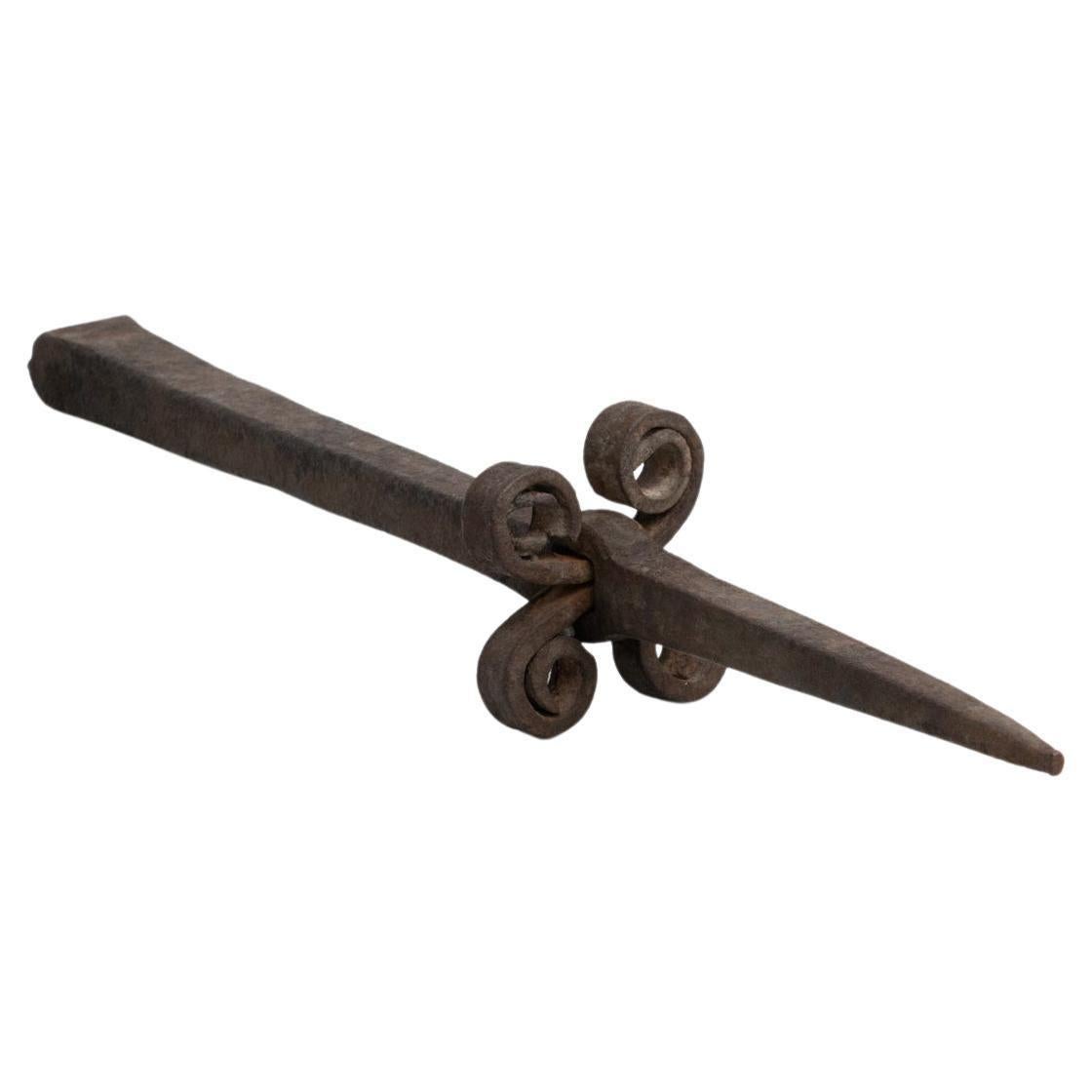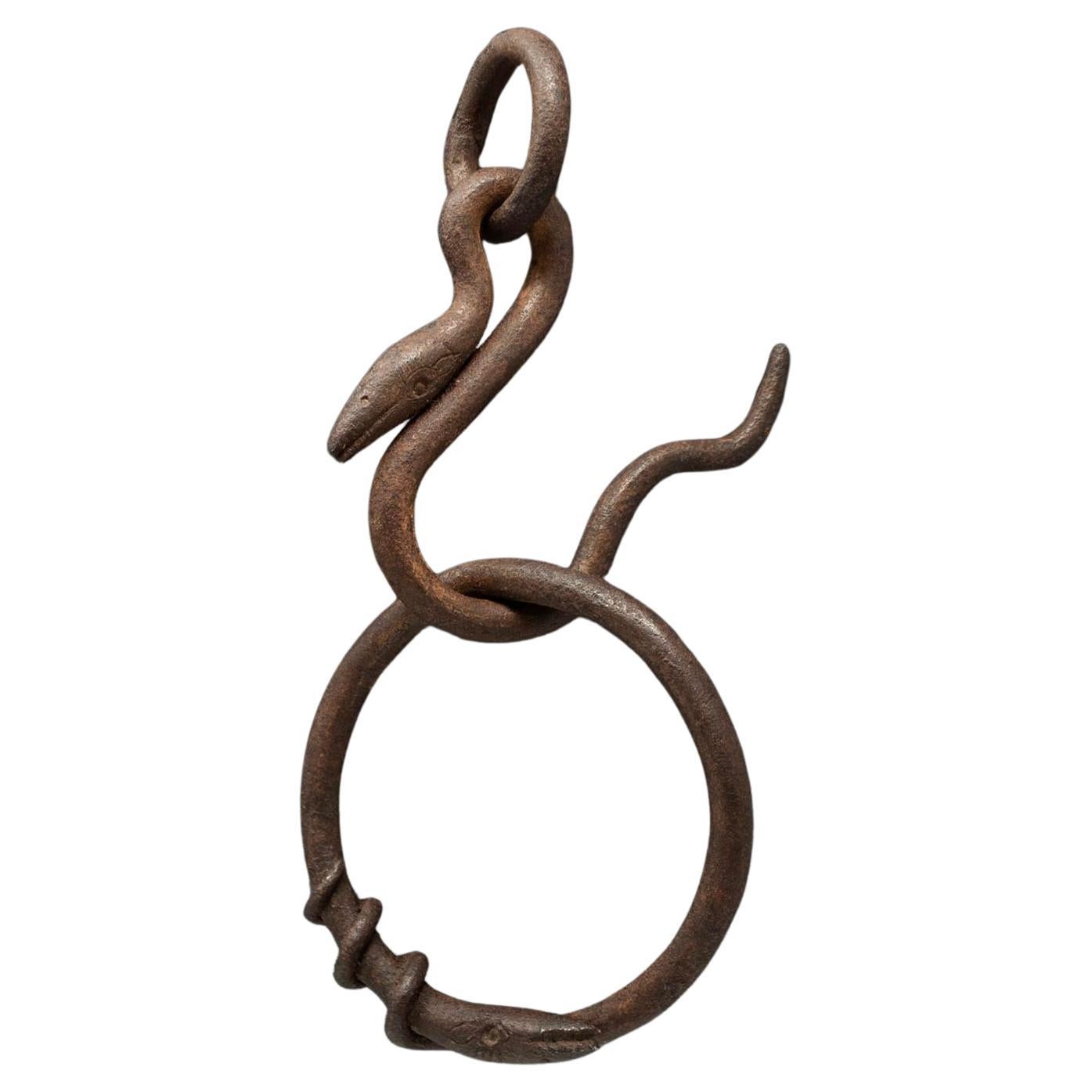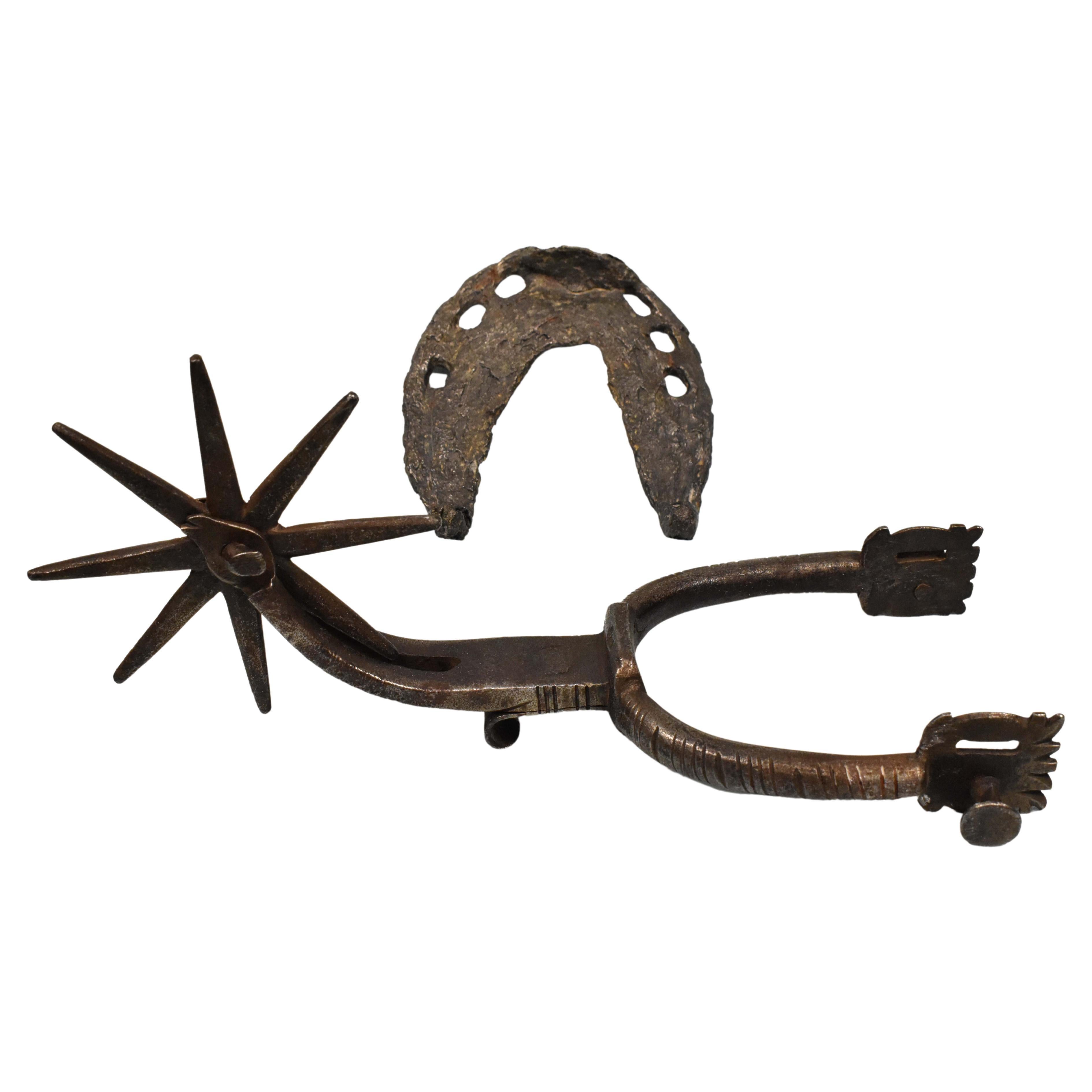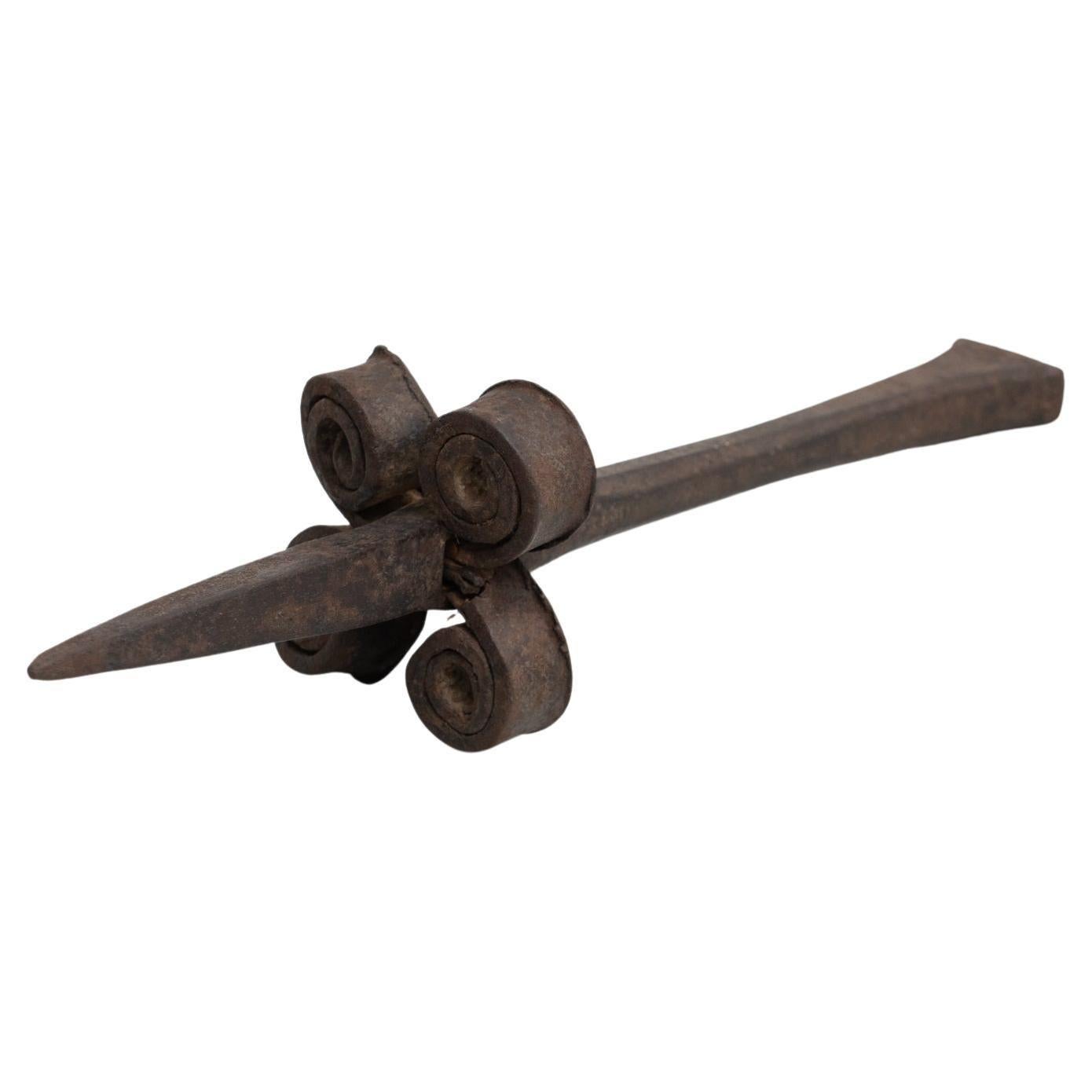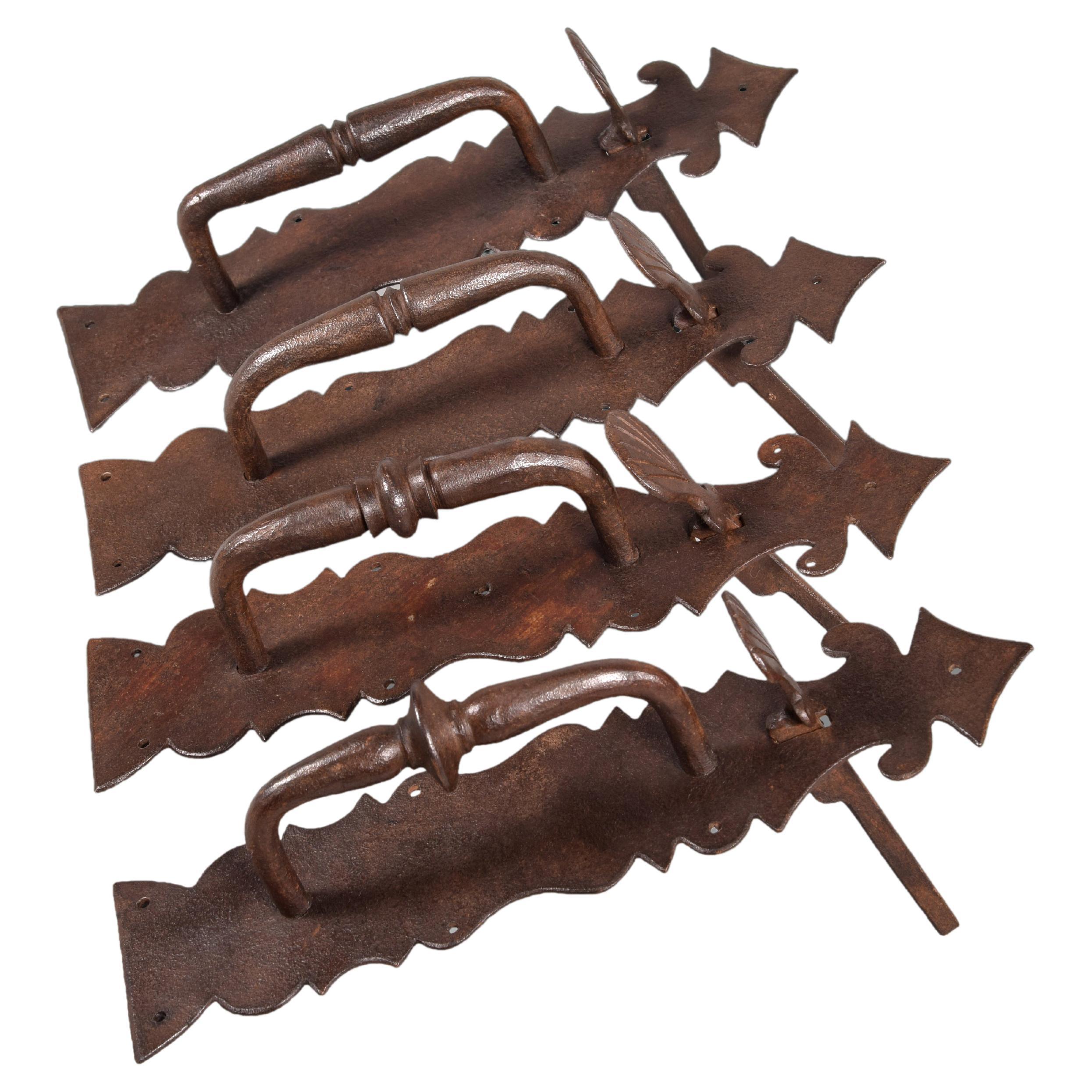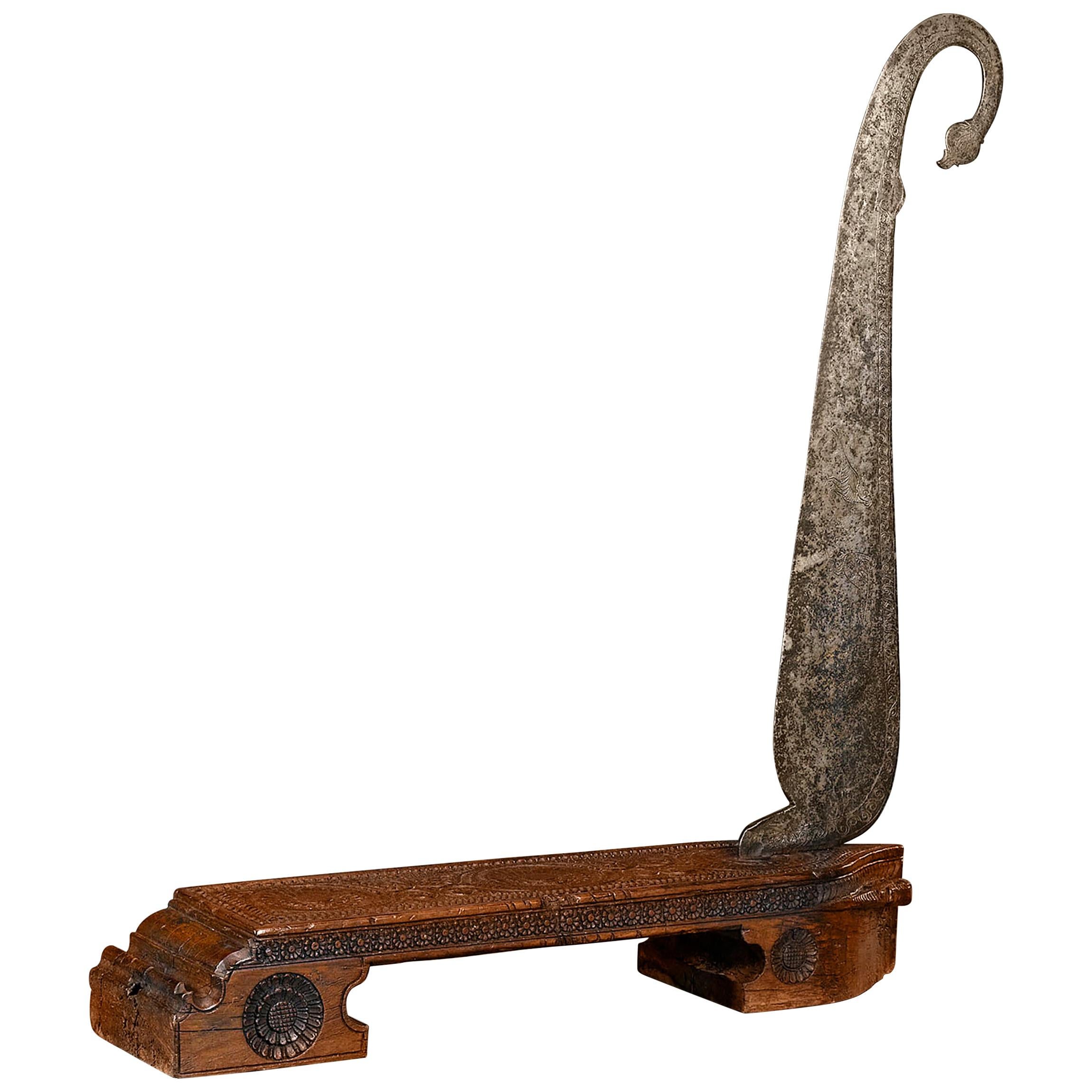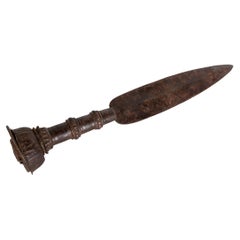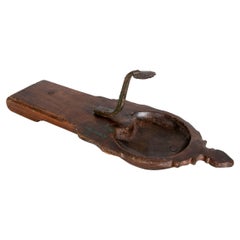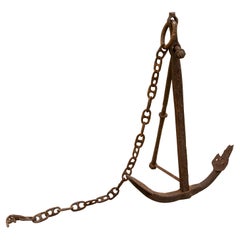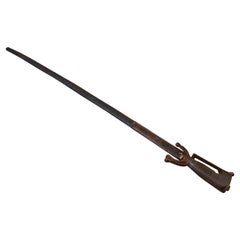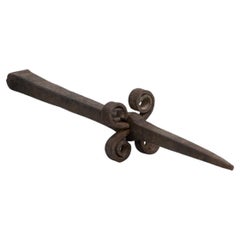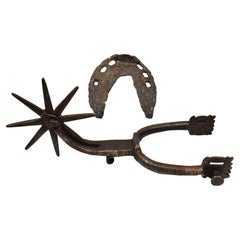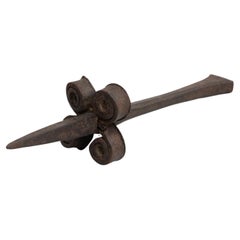Items Similar to 16th Century, Spanish Wrought Iron Handle
Want more images or videos?
Request additional images or videos from the seller
1 of 11
16th Century, Spanish Wrought Iron Handle
$1,917.03
£1,427.10
€1,600
CA$2,625.85
A$2,920.52
CHF 1,525
MX$35,539.62
NOK 19,476.64
SEK 18,265.65
DKK 12,180.24
Shipping
Retrieving quote...The 1stDibs Promise:
Authenticity Guarantee,
Money-Back Guarantee,
24-Hour Cancellation
About the Item
16th Century Spanish wrought iron handle.
- Dimensions:Height: 3.55 in (9 cm)Width: 5.12 in (13 cm)Depth: 1.19 in (3 cm)
- Materials and Techniques:
- Place of Origin:
- Period:
- Date of Manufacture:1550
- Condition:Wear consistent with age and use.
- Seller Location:Marbella, ES
- Reference Number:1stDibs: LU3044331986082
About the Seller
5.0
Platinum Seller
Premium sellers with a 4.7+ rating and 24-hour response times
Established in 1996
1stDibs seller since 2017
702 sales on 1stDibs
Typical response time: <1 hour
- ShippingRetrieving quote...Shipping from: Marbella, Spain
- Return Policy
Authenticity Guarantee
In the unlikely event there’s an issue with an item’s authenticity, contact us within 1 year for a full refund. DetailsMoney-Back Guarantee
If your item is not as described, is damaged in transit, or does not arrive, contact us within 7 days for a full refund. Details24-Hour Cancellation
You have a 24-hour grace period in which to reconsider your purchase, with no questions asked.Vetted Professional Sellers
Our world-class sellers must adhere to strict standards for service and quality, maintaining the integrity of our listings.Price-Match Guarantee
If you find that a seller listed the same item for a lower price elsewhere, we’ll match it.Trusted Global Delivery
Our best-in-class carrier network provides specialized shipping options worldwide, including custom delivery.More From This Seller
View All18th Century Iron Spearhead with Decorations
Located in Marbella, ES
18th century Iron Spearhead with Decorations.
Category
Antique 18th Century Asian Arms, Armor and Weapons
Materials
Iron
Indian Hand Carved Wood with Iron
Located in Marbella, ES
Indian hand carved Wood with Iron.
Category
Late 20th Century Indian Paperweights
Materials
Iron
1950s Spanish Complete Handmade Iron Boat Anchor
Located in Marbella, ES
1950s Spanish Complete Handmade Iron Boat Anchor.
Category
Mid-20th Century Spanish Nautical Objects
Materials
Iron
Sword with Wrought Iron Blade with Traces of Gold on Hilt with Cover Sheath
Located in Marbella, ES
Sword with Wrought Iron Blade with Traces of Gold on Hilt with Leather Cover Sheath
Category
Antique 17th Century Arms, Armor and Weapons
Materials
Gold, Wrought Iron
1950s Spanish Complete Handmade Iron Boat Anchor
Located in Marbella, ES
1950s Spanish Complete Handmade Iron Boat Anchor.
Category
Mid-20th Century African Garden Ornaments
Materials
Iron
1980s Arabic Style Dagger Made with Hard Stones
Located in Marbella, ES
1980s Arabic style Dagger made with hard stones.
Category
Late 20th Century Egyptian Letter Openers
Materials
Marble
You May Also Like
Early XX Century Metal Scythe Sharpener
Located in Barcelona, ES
Antique metal scythe sharpener farming tool. Made in Spain by unknown manufacturer, . In original condition, with minor wear consistent with age and use, preserving a beautifu...
Category
Early 20th Century Spanish Mid-Century Modern Scientific Instruments
Materials
Metal
19th-Early 20th Century Tantric Hook and Snare, Nepal
Located in Point Richmond, CA
19th to early 20th century Iron hook and snare, Nepal
A rare, esoteric device used by Buddhist Tantric practitioners in Tibet and Nepal as a method of controlling events. These powe...
Category
Antique Late 19th Century Nepalese Tribal Sculptures and Carvings
Materials
Iron
Unique Historical Riding Spur of the 16-17th Century+ Horseshoe
Located in Nový Bor, CZ
A beautiful, unique riding spur probably dating from the 16-17th century, As an accessory, there is also a historic horseshoe. The spur is in very good condition, there is no major d...
Category
Antique 16th Century Renaissance Arms, Armor and Weapons
Materials
Metal
Early XX Century Metal Scythe Sharpener
Located in Barcelona, ES
Antique metal scythe sharpener farming tool. Made in Spain by unknown manufacturer. In original condition, with minor wear consistent with age and use, preserving a beautiful ...
Category
Early 20th Century Spanish Mid-Century Modern Scientific Instruments
Materials
Metal
Door Handle, Wrought Iron 20th Century, Price Per Unit
Located in Madrid, ES
Door handle. Wrought iron Twentieth century.
Handle with latch made of wrought iron and inspired by common examples in Spain during the Baroque (17th century). The handle piece (w...
Category
20th Century European Baroque Revival Doors and Gates
Materials
Wrought Iron
Indian Arivalmanai Culinary Cutting Tool
Located in New Orleans, LA
Originating from the Kerala region of Southern India, this 19th century arivalmanai, or culinary cutting instrument, is a traditional tool used in the preparation of vegetables throughout India. Comprising an engraved steel blade mounted upon a carved wood base, the user would place their weight on the wooden base by either sitting or kneeling, and prepare their ingredients accordingly. The craftsmanship and size of this fascinating relic denotes its usage in a Hindu temple setting, as offering food to the deities is believed to direct the mind towards spirituality.
Food plays an important role in Hindu worship, and because of the veneration of the cow and belief in non-violence, most followers follow a vegetarian diet. The vast majority of Hindu religious...
Category
Antique 19th Century Indian Other Butcher Blocks
Materials
Steel
More Ways To Browse
16th Century Spanish
Antique Iron Desk
Antique Spanish Desk
Cat Desk Accessories
Cast Iron Paperweights
Glass Egg Paperweight
Murano Controlled Bubble Paperweight
Marble Paper Weight
Aquarium Paperweight
Daum France Paperweight
Glass Sphere Paperweight
Scottish Crystal
Apple Paperweight
Venetian Glass Paperweight
Elephant Paperweight
Lalique Seal
Murano Swirl Paperweight
Amber Paperweight
